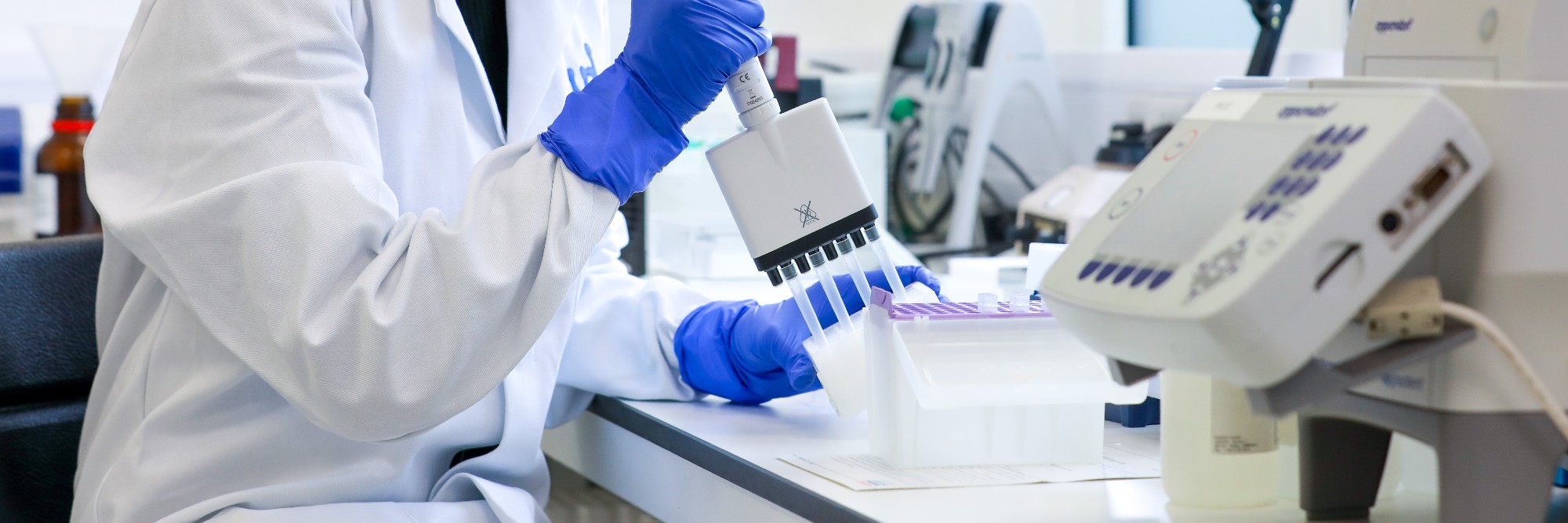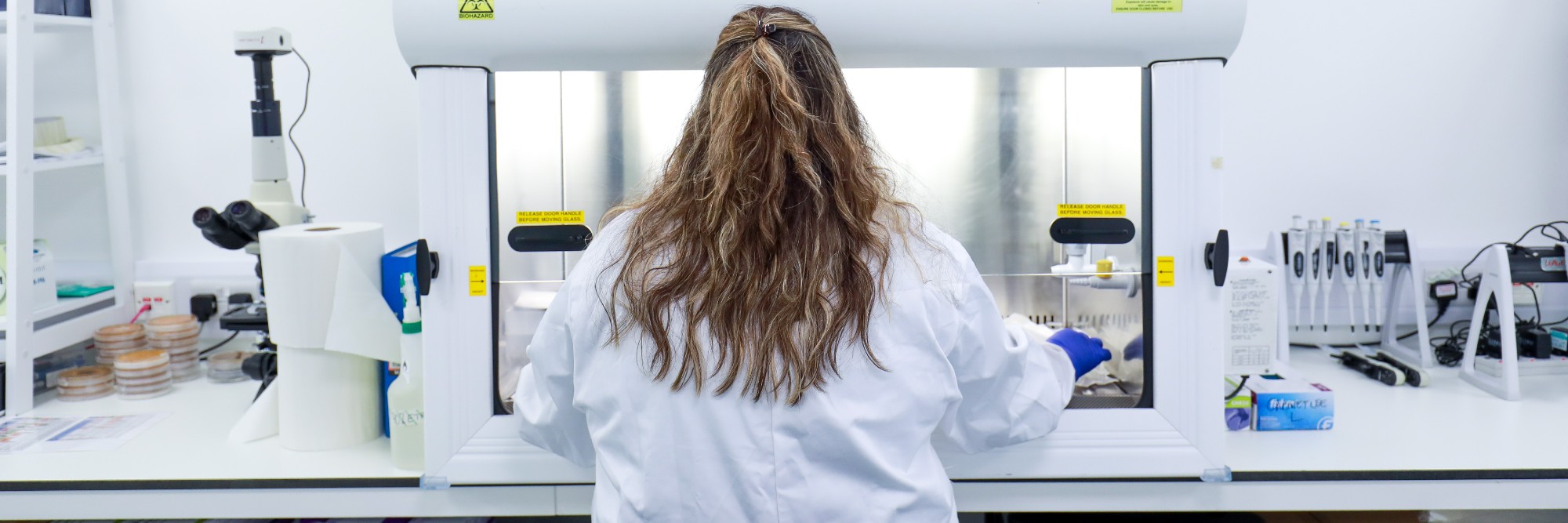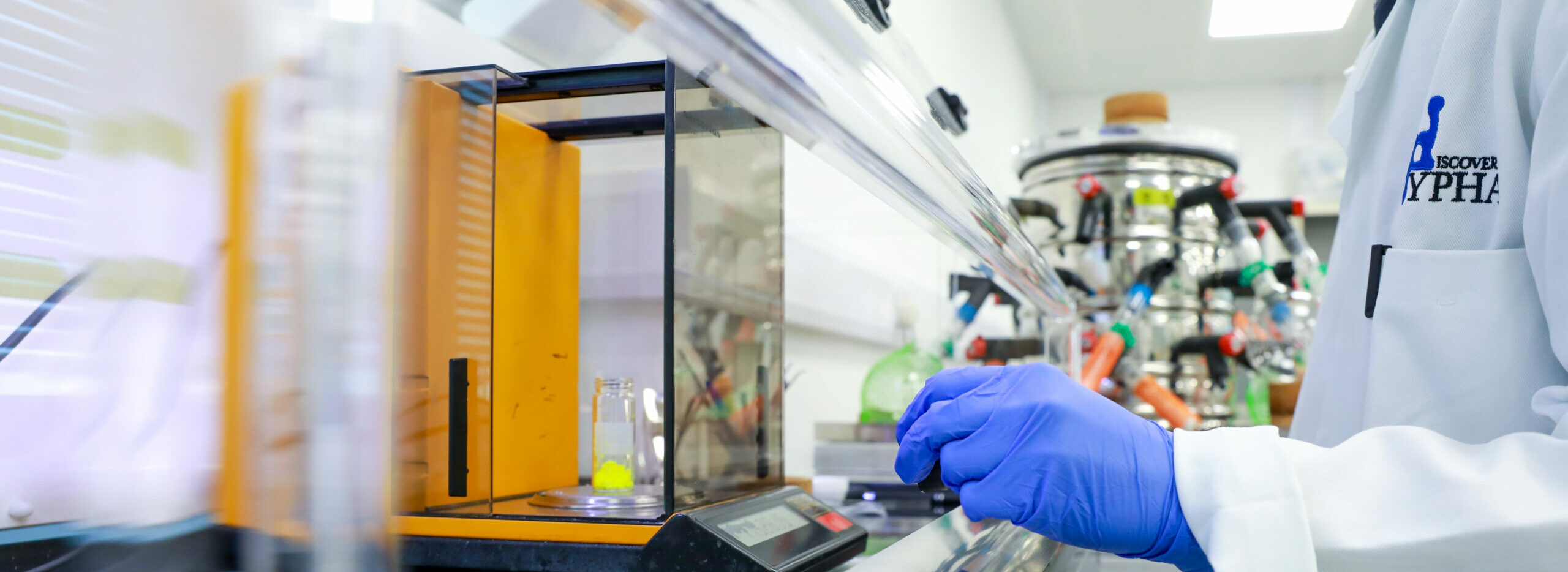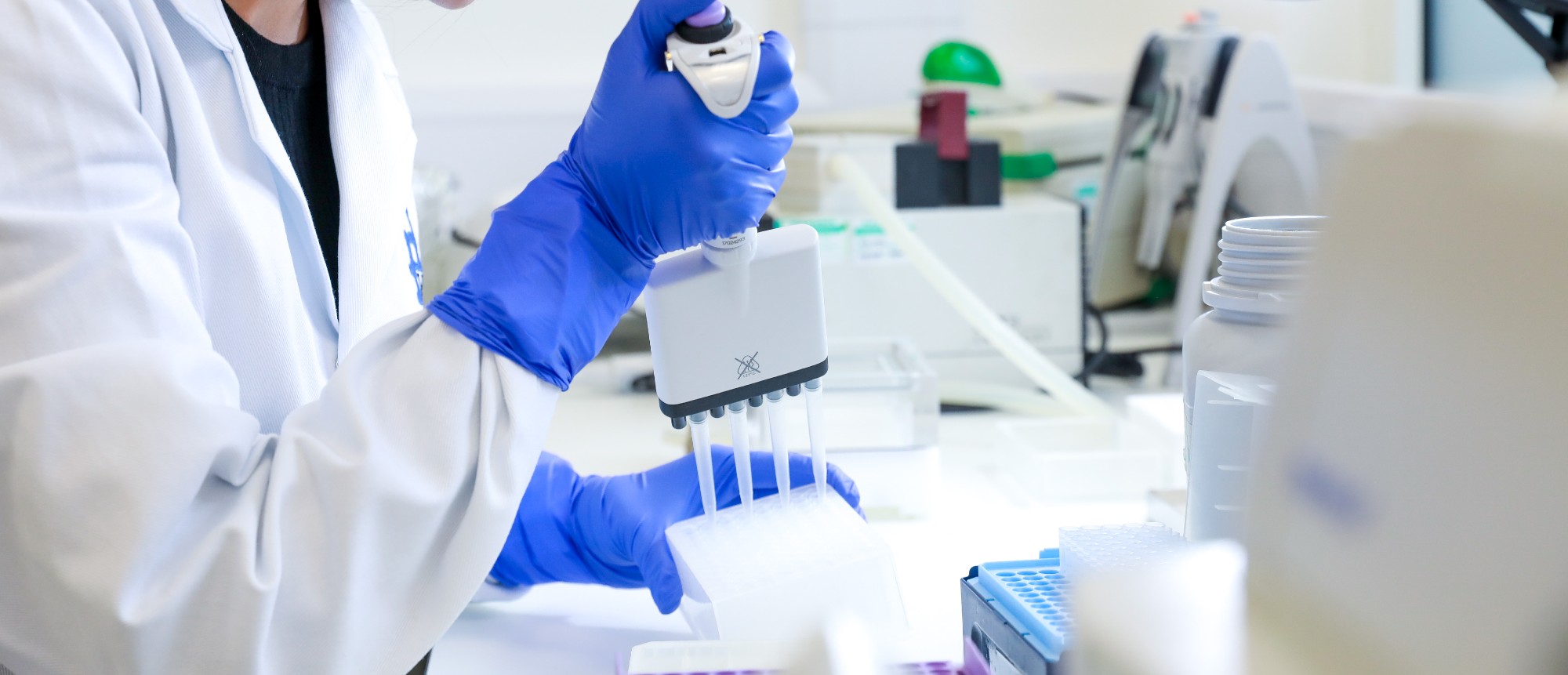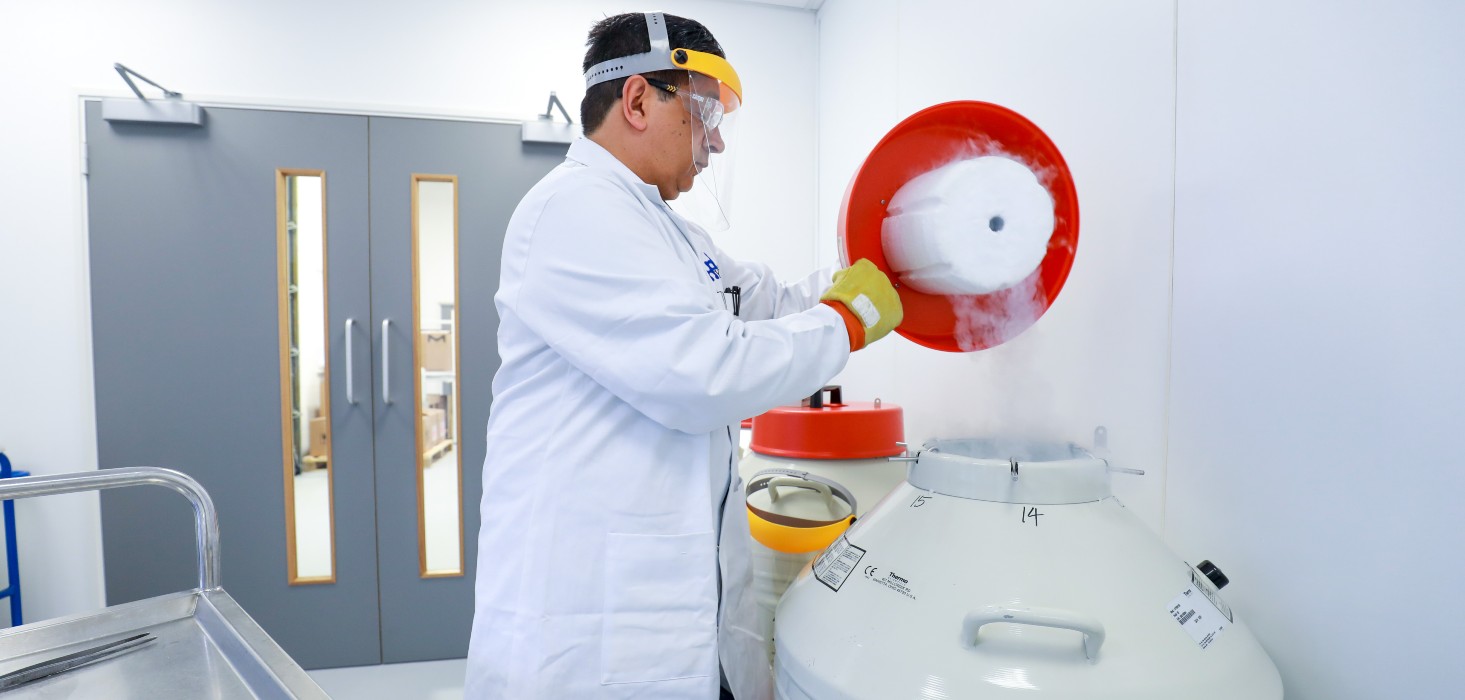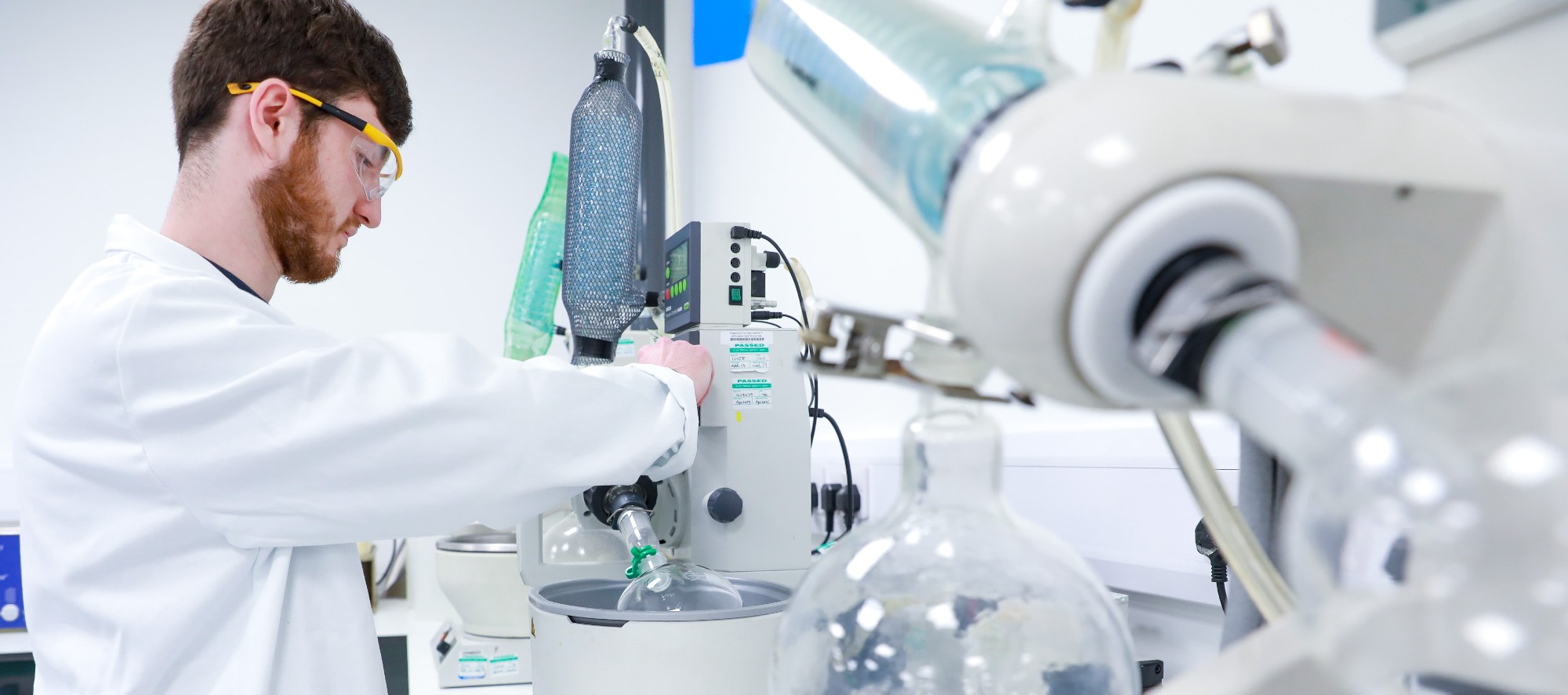Case Studies
Case Studies and Client Projects
Latest Case Studies
Hypha’s PolyCYPs kits are in routine use by pharma and agchem companies for producing human and other mammalian metabolites. One application involves use of PolyCYPs for creating radiolabelled metabolites for direct comparison with the radio profiles from mass balance and distribution study samples, necessary for regulatory filing. PolyCYPs provides a clean route for scalable access to more of the CYP-derived metabolites observed in these matrices, for definitive MetID and any tox studies deemed necessary. This is especially useful where low concentrations or unstable metabolites in the mass balance sample make structural identification difficult.
Many metabolites of drugs are wholly or partly responsible for both on-target or off-target in vivo activity. Metabolites of some drugs may initially be considered pharmacologically inactive, yet further investigation yields surprising alternative effects via different mechanisms. Off-target effects might synergize with the on-target effects or have other beneficial outcomes which could enhance or broaden the indication of the drug.1
Formation of N-oxide metabolites is one of the major pathways for metabolism of tertiary nitrogen-containing drugs. Some N-oxide metabolites have similar or greater pharmacological activity to the parent drug and thus require exposure assessment. They can also be unstable and can revert to the parent drug.1 Conversion of an N-oxide metabolite back to the parent in vivo is a well- known phenomenon which may result in an altered tissue distribution of the metabolite and parent drug, such as that proposed for tamoxifen,2 or cause adverse reactions as reported for soratenib.3 In the lab, it is possible to reduce the potential for conversion of N-oxide metabolites to the parent through careful sample handling, as described for the clinically-significant metabolite loxapine N-oxide.4
We’ve observed an increase in requests for synthesis of N-glucuronides over the last couple of years. We speculate that this may be due to the increasing use of N-heterocyclic chemistry in the design of new small molecule drugs, and pan company strategies to reduce CYP metabolism. The situation is further complicated by the high interspecies variability in formation of some N-glucuronides, especially aliphatic tertiary amines and aromatic N-heterocycles. UGT1A4 and UGT2B10 are key enzymes responsible for N-glucuronidation reactions in humans, rates of which can be much higher than in other animals. To compound this, synthesis of N-glucuronides is not always straightforward, and can be further muddied by metabolite stability issues, complicating interpretation of data.
Lorcaserin is a selective 5-HT2C receptor agonist acting on the hypothalamus to reduce appetite and treat obesity, but which has now been withdrawn from the market. Lorcaserin N-sulfamate (M1) is the major circulating metabolite in plasma with lorcaserin N-carbamoyl glucuronide (M5) being the major excretory metabolite in urine. Screening of lorcaserin against Hypha’s panels of microbes and liver S9 preps gave scalable routes to accessing both metabolites.
There has been a notable increase in metabolism of new drug candidates through non-CYP phase I pathways such as those mediated via aldehyde oxidase (AO).1 Further, mixed AO/P450 substrates may be subject to metabolic shunting, an important consideration during toxicology and DDI assessment of these drugs.2 Access to metabolites may thus be important to consider for drugs with mixed metabolism.
In this case study, all of the main human metabolites of cyclosporin A were produced using microbes in Hypha’s biotransformation panels, and by using PolyCYPs® enzymes. Additionally we are able to form novel microbial-derived metabolites.
Access to multiple metabolites needed to support clinical development is not always straightforward, and can sometimes mean that more than one technique needs to be applied to fulfil requirements. In one such project, a US pharma client required > 200 mg of three metabolites of a drug; an N-glucuronide (M1), an indirect O-glucuronide (M2b) and a hydroxylated metabolite (M8b). As part of this project, multiple components of Hypha’s one-stop metabolite shop were employed, including chemical synthesis, microbial biotransformation as well as purification and structure elucidation by NMR.
If clearance mechanisms of the test drug results in sufficient quantities of the major metabolites in biological material such as faeces or urine, purification and subsequent identification of metabolites from such matrices is possible. One such project undertaken at Hypha resulted in tens of milligrams of the R- and S-O-glucuronides of carisbamate, a neuromodulator developed by SK Life Science, which were purified to >95% purity from 150 ml of urine using a three-step purification method.
Stay up to date with the latest news from Hypha Discovery
Sign up for our quarterly newsletters and monthly "Metabolite Tales" blog
Ready to begin? Our scientists are available to talk through your requirements
Hypha Discovery is a UK-based CRO supporting pharmaceutical and agrochemical companies worldwide through the production of metabolites and new derivatives of drugs and agrochemicals in discovery and development.
Resources
Cookie Policy | Privacy Policy | Website Terms and Conditions
© Hypha Discovery 2021. All Rights Reserved. Website by Fifteen.co.uk

